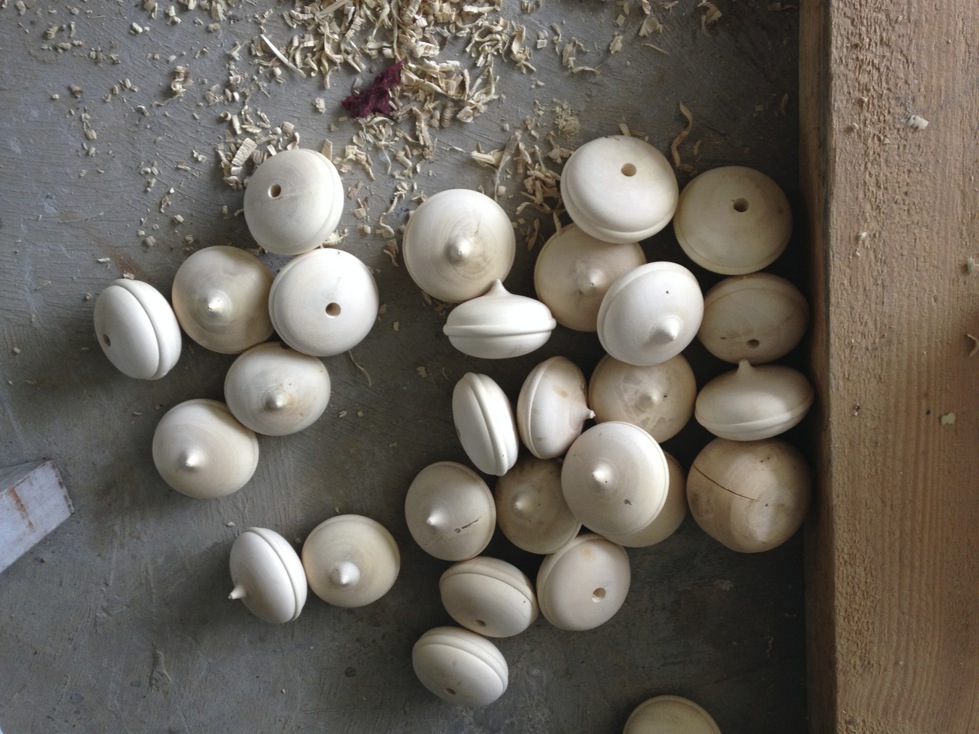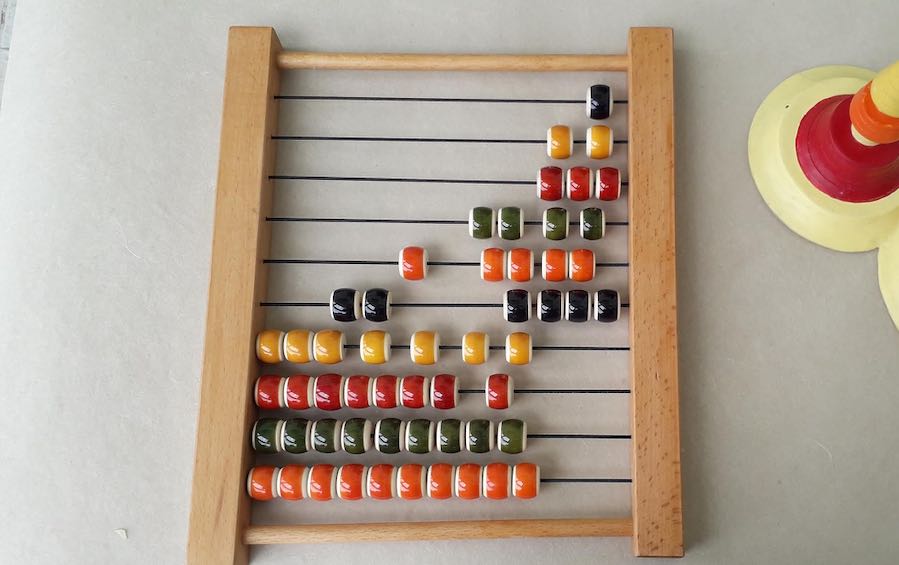Lacqucrware of Channapatna is an indigenous industry the like of which is not found anywhere else in the State-Karnataka. Channapatna is a small city located 60 km south-west of Bangalore, on Bangalore-Mysore state highway. It is a home for many skilled artisans who make wooden lacware toys. Lacware is a traditional handicraft of this town. The craft is believed to be more than 200 years old and is still one of the main sources of income for many people of this town. This handcrafted product is made by artisans of Channapatna Woodcraft, craft that has existed since the 1700s near Bangalore in Karnataka. Said to have originated in Persia, Tipu Sultan got local artisans from around Channapatana to learn and develop it, originally to make toys.
Lacware refers to wooden articles that are tuned on the lathe and finished with lac. The entire process from shaping the wood to lac application is complete on the lathe itself. Hence the products are mostly a combination of circularly symmetric shapes.

History of the Craft
Channapatna more often known as the Gombegala Ooru “Toy Town” of Karnataka has a legacy of toys which goes back to more than 200 years. Centuries ago artisans from Persia where invited to train the locals of Channapatna. They started by carving toys out of ivory initially then switched to rubber, cedar and teak. This traditional craft is protected as a geographical indication (GI) under the World Trade Organization, administered by the Government of Karnataka. Today, this art and the craftsmen have broadened the horizon into several varieties of wood – rubber wood, silver wood, fine wood, Nepal wood, sycamore wood, red cedar, pinewood and teakwood.
Raw Materials & Tools
The raw materials used in the craft are Hale wood, lac, lithopone, aniline colours, poster colours, enamel paints, screwpine leaf, turpentine, sandpaper and hardware. The chief tool in lac-turnery is the lathe. Cutting tools and also the joiners tools, viz., saw, plane, hammer, brace and bits, file, screw driver are also required.
The lacware toys are mostly crafted out of Hale/Aale wood (Wrightia Tinctoria). This fast growing trees grows widely in southern India.

Normally the entire tree is not felled and the tree grows back. Hale wood is soft and close grained and best suited for turning and lac application. It is seasoned and used directly and does not require any chemical treatment.
Manufacturing Stages
The techniques of production of lacquerware can be explained in the following six stages of work:
1. Preparation of lac-sticks -Lac sticks are created by mixing lac (Shellac) -a non-toxic 100% natural resin and natural dyes/ colours. Shelac is the secretion of a tiny insect which is found on certain trees. It has been used in India since ancient time. Lac is heated directly on charcoal fire. Once it melts dye (extracted from naturally available sources like plants, trees or minerals) is added. It is then thoroughly mixed. kneaded and made into long rods and made into small lac sticks. Red colour sticks are made mixing kumkum powder with lac. Yellow colour sticks are made mixing turmeric with lac. Green colour sticks are made indigo and tumeric.
These sticks cannot be preserved long and must be used within a month. Thereafter the lac becomes hard and is rendered unfit.

2. Preparing the Hale wood for turning – The artists season and cut the wood into the desired shapes according to the design.
3. Shaping the wood on the lathe – It is followed up with pruning and carving the toys on the lathe which is machine or hand operated (for turning slender & delicate items, hand lathe is suitable )
4. Preparing the base for lacquering – By constant moving of the the sandpaper sideways on the revolving work a smooth uniform surface is secured and thus the I . I turner prepares the ground for lacquering

5. Lacquering – Channapatna toys are finished with lac. Applying the colors using lac colors which are vegetable dyes. Lac is pressed against woodwork to be lacquered.

Picture courtesy: D’source
6. Finishing – Then the finished work-piece is filed and finished using sandpaper. The work-piece is coated with wax for sheen and luster.
Toys
These Channapatna toys are of brilliant colours, smooth and hard and the colour never comes off. The toys are without any sharp edges and non toxic rendering them safe for children. Check out and shop these absolutely eco friendly and non hazardous toys HERE.






